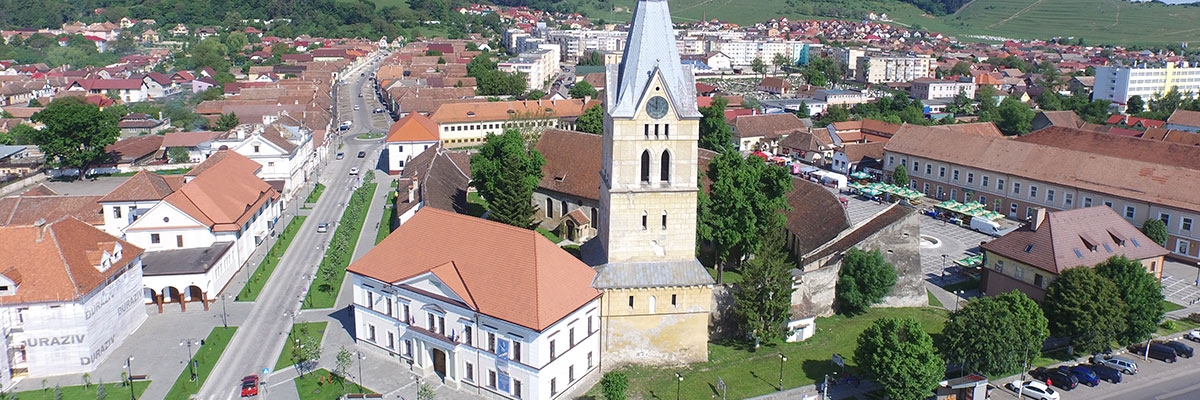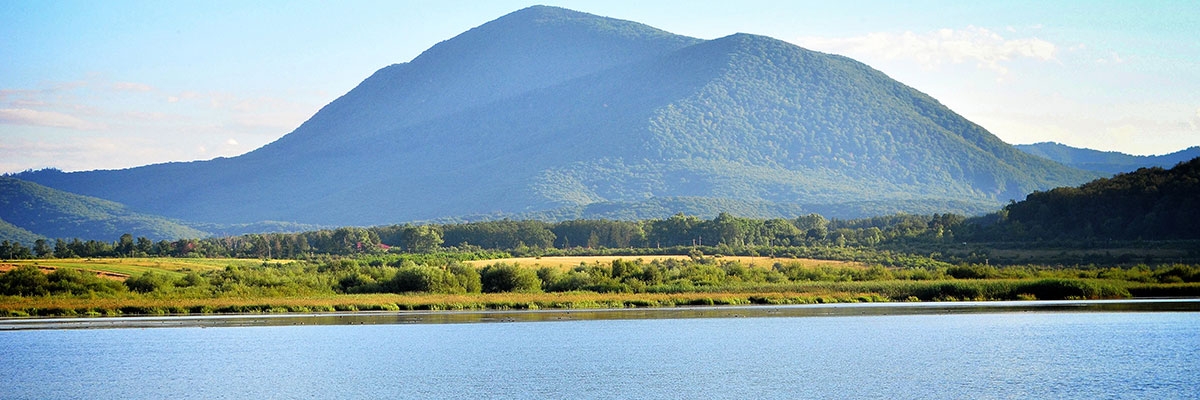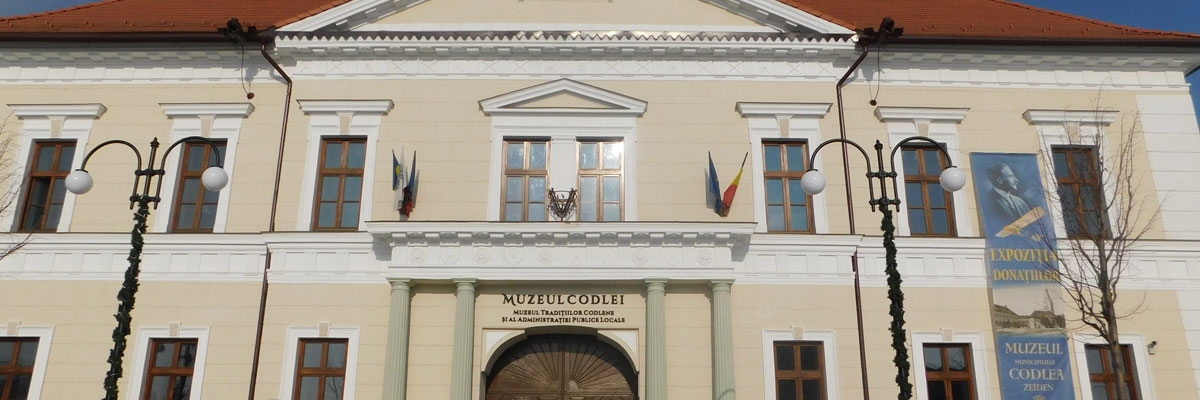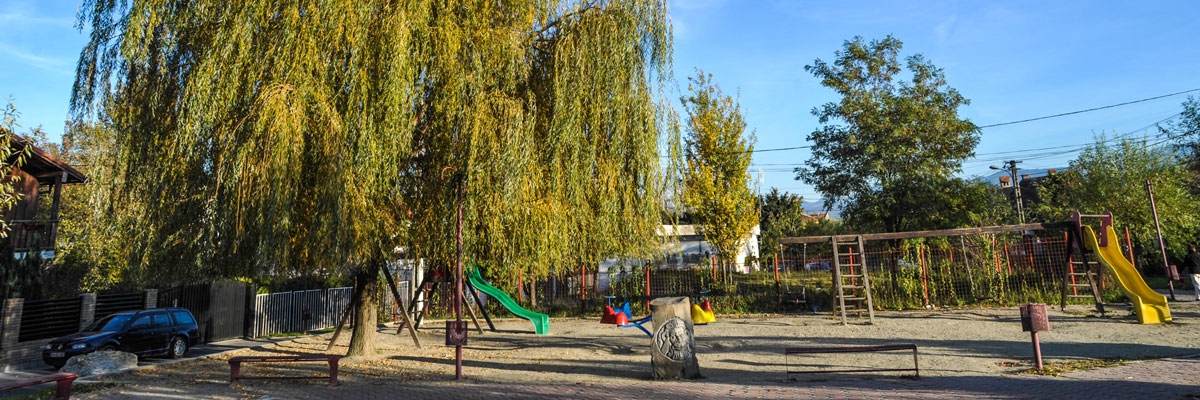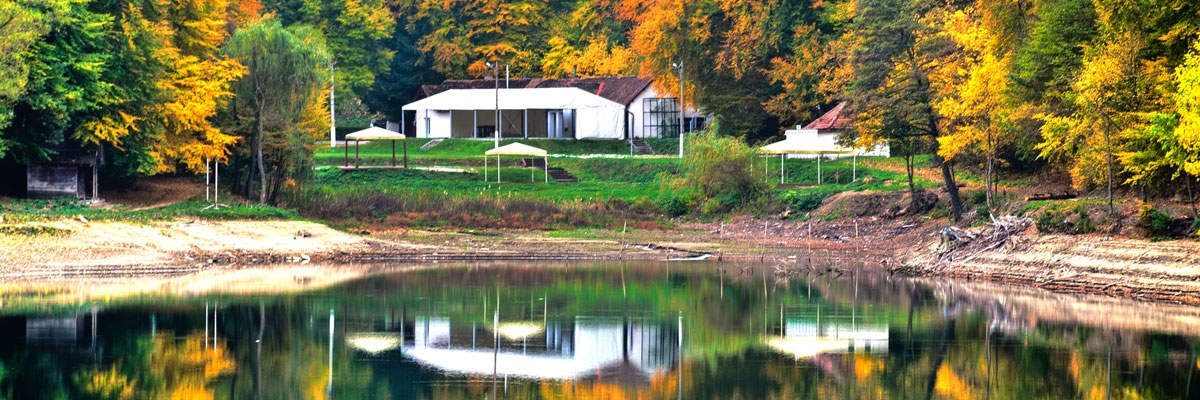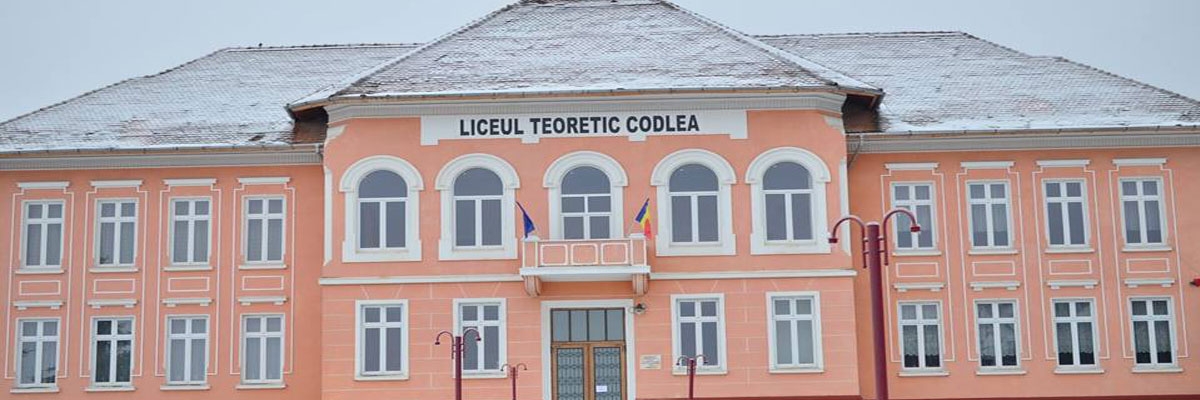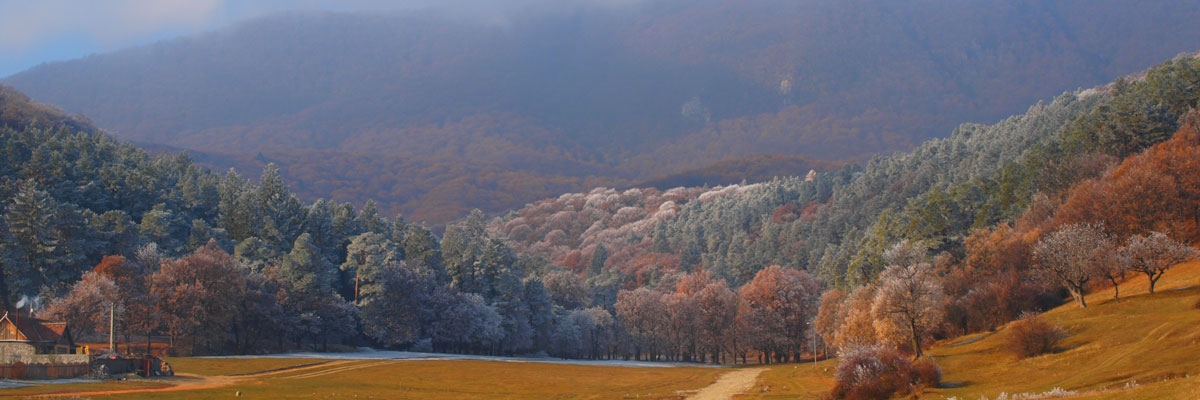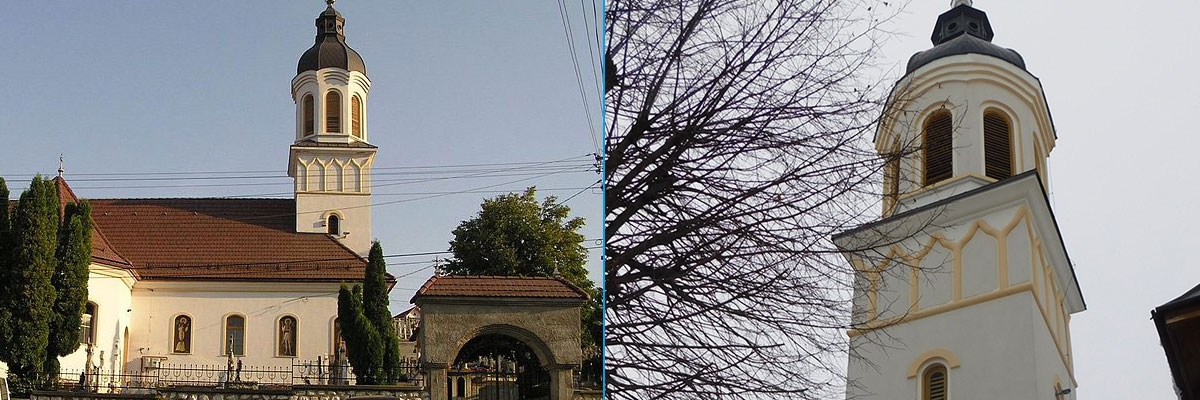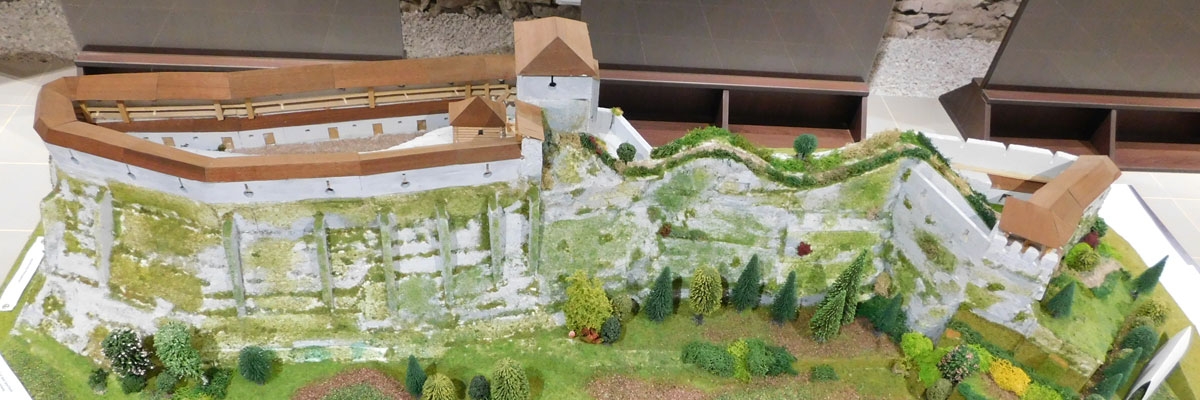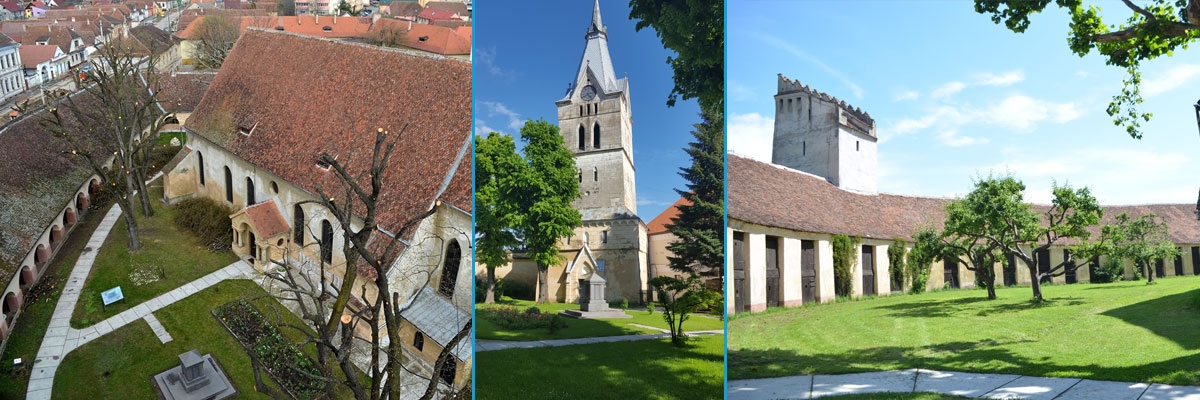This is part of the historical monuments and is made up of three buildings: the Municipal Library Codlea, House of Culture and the old town hall converted into a Museum, which is a very important objective for Codlea municipality, a true cultural dowry.
The Library was build in 1980 and originally had a double destination: the court seat building and Mail- Telegraph Office, by telephone at that time. The building is characterized by an architecture that combines Baroque elements with neoclassical elements.
House of Culture is a building that displays a variety of styles, whose construction began in 1881 and was finished only in 1925. Built in the neoclassical style with baroque influences and specific Saxon arhitecture elements, building is an important center to promote the cultural values.
PHOTO: HOUSE OF CULTURE Codlea
The old Town Hall- Museum now, built above the city gate. In 1775, construction is improved, and between 1828 to 1830, the construction gets the shape of today.



